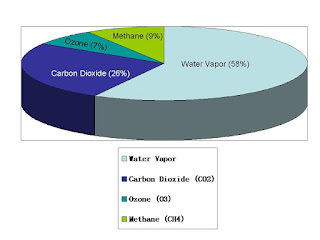In selecting pumping
equipment for oil wells remember that in a majority of cases some of the
constituents of the fluid being pumped are above or near their boiling points
at the pressure and temperature conditions existing within the pump. Technical
Data used in the field explained in petroleum courses in Rawalpindi. These conditions may
cause release of large volumes of dissolved gases and vapors with a slight drop
in pressure of the well tluid, in addition to the free gas initially in the
fluid.
For this reason
it is very difficult to pump some wells down. Many wells apparently will pump
off with several hundred feet of fluid standing in the hole because the
condensable vapors and gases occupy the entire displacement volume of the pump.
Under these conditions. without a relatively high intake pressure, which
decreases compression ratio, the pressure below the plunger cannot be raised to
the tubing pressure. (This is necessary before the traveling valve can open and
deliver oil to the tubing.) On the downstroke the vapors may condense and
occupy a very small volume without an appreciable increase in pressure,
and only the permanent gases are effective in increasing the pressure in
accordance with the gas laws. Some more details of petroleum courses
in rawalpindi are as under.
There are two
precautions to take to minimize the adverse effects of vapors and gases. The
compression ratio should be made as high as possible. This is accomplished by
using a closed-cagetype valve below the plunger with a stationary-barrel pump,
or a valve above the plunger with a travelingbarrel- type pump. It is also
important to space the pump so the traveling valve and standing valve come as
near to each other as possible at the lowest position of the rods without
making contact, and to use as long a stroke as possible with the equipment
available. Flow velocities and turbulence at the pump inlet should be kept at a
minimum. This is accomplished by using the largest standing valve possible and
a suitable gas anchor with the largest possible flow passages. TSK Training for
Skills and Knowledge is the best institute in Rawalpindi Islamabad for
Pakistani Students who wants to join oil field after petroleum courses in
Islamabad.




